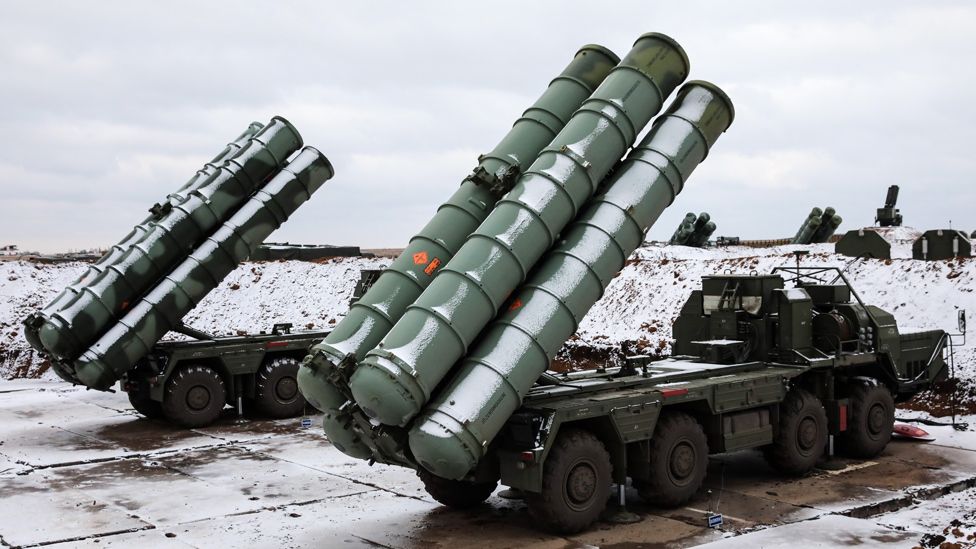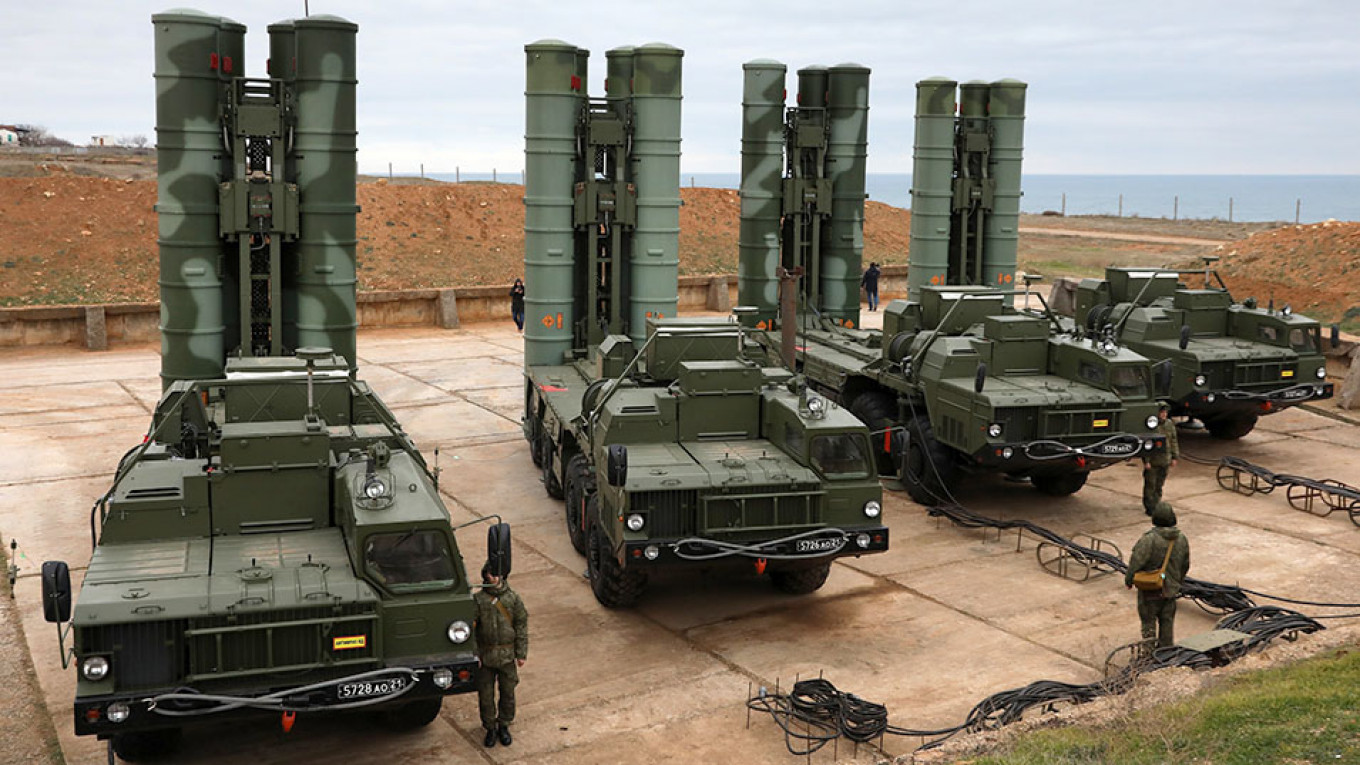Russian Official: We Have Begun Supplying S-400 Missile Defence Systems to India
To bolster its defences, India secured a $5 billion contract with Russia in October 2018 to acquire five S-400 air defence missile systems.

Sunday, November 14, 2021 | Chimniii Desk
Key Highlights
- "Delivery of the S-400 air defence system to India have begun and are progressing according to plan," Shugaev stated.
- China and Turkey have already put the S-400 into service.
- In October 2018, Russia and India struck a contract for the delivery of S-400s.
- To bolster its defences, India secured a $5 billion contract with Russia in October 2018 to acquire five S-400 air defence missile systems.
- Earlier India had been warned by the US administration that if it proceeded with the contract, it would face US sanctions.
Advertisement

Russia has begun delivering S-400 Triumf surface-to-air missile systems to India, and the deliveries are proceeding according to schedule, according to Dmitry Shugaev, Director of the Federal Service for Military-Technical Cooperation (FSMTC) ahead of the Dubai Airshow.
"Sales of the S-400 air defence system to India have begun and are progressing according to plan," Shugaev stated. China and Turkey have already put the S-400 into service. In October 2018, Russia and India struck a contract for the delivery of S-400s.
Alexander Mikheev, the chairman of Russia's state arms exporter Rosoboronexport, told Sputnik in August that negotiations with seven nations in the Middle East, Asia-Pacific area, and Africa were underway about the supply of S-400 air defence systems.
Advertisement
What is the S-400 missile defence technology?

The S-400 Triumph (NATO reporting name) is a sophisticated air defence missile system comprised of radars, control systems, and various missile types. It was developed in the 1990s as an upgrade to Russia's S-300 series of surface-to-air missile systems by the Almaz Central Design Bureau. Since 2007, it has been in service with the Russian Armed Forces.
The S-400 air defence system includes targeting systems, multifunction radar, autonomous detection, anti-aircraft missile systems, launchers, and a command and control centre.
It is capable of engaging aerial targets, such as aircraft, unmanned aerial vehicles (UAVs), ballistic and cruise missiles, within a range of 400 kilometres at a maximum altitude of 30 kilometres, and can fire three different types of missiles to build a layered defence.
The system is reported to be capable of engaging 36 targets simultaneously, and when compared to the S-300, the upgraded and improved version features four new missile types ranging from short-range (40 kilometres) to very long-range (400km).
The command post, which is equipped with LCD consoles for processing airspace surveillance data, is responsible for controlling and monitoring long-range surveillance radar. It monitors and prioritises airborne hazards.
According to reports, the radar is capable of detecting and tracking aircraft, rotorcraft, cruise missiles, guided missiles, drones, and ballistic rockets up to a range of 600 kilometres.
The system was purpose-built to detect and destroy sophisticated fighter jets such as the F-16 and F-22, as well as missiles such as the Tomahawk.
Advertisement
Why is the US displeased with New Delhi's acquisition of the Russian weapon system?

To bolster its defences, India secured a $5 billion contract with Russia in October 2018 to acquire five S-400 air defence missile systems. Despite concerns that the acquisition would trigger Countering America's Adversaries Through Sanctions Act (CAATSA) sanctions, India made the first tranche of payment to Russia in 2019, totaling approximately $800 million. India had been warned by the Trump administration that if it proceeded with the contract, it would face US sanctions.
CAATSA, or Countering America's Adversaries Through Sanctions Act, is a tough US law that empowers the administration to impose sanctions on countries that purchase significant defence hardware from Russia in response to Russia's 2014 annexation of Crimea and alleged meddling in the 2016 US presidential election.
However, on October 5, 2021, India stated that it is in talks with the US on the S-400 missile defence sale, a day after US Deputy Secretary of State Wendy Sherman raised concern about the proposed acquisition of the Russian military system.
"This has been on the table for some time between our two countries. It was brought up, and we discussed it and presented our position. Additionally, conversations on this subject are underway "Arindam Bagchi, the External Affairs Ministry's spokeswoman, stated.
Sherman stated during a three-day visit to India that President Joe Biden and Secretary of State Antony Blinken will make any decision on prospective penalties on the S-400 trade.
Washington has already stated that the S-400s endanger its F-35 fighter fighters and NATO's broader defence systems. As was the case when Turkey received the first S-400 surface-to-air missile systems from Russia in July 2019, the US began withdrawing Turkey from the F-35 stealth fighter programme due to security concerns.
India, on the other hand, is certain of obtaining a waiver, owing to the critical strategic relationship with the United States.
Advertisement

Advertisement